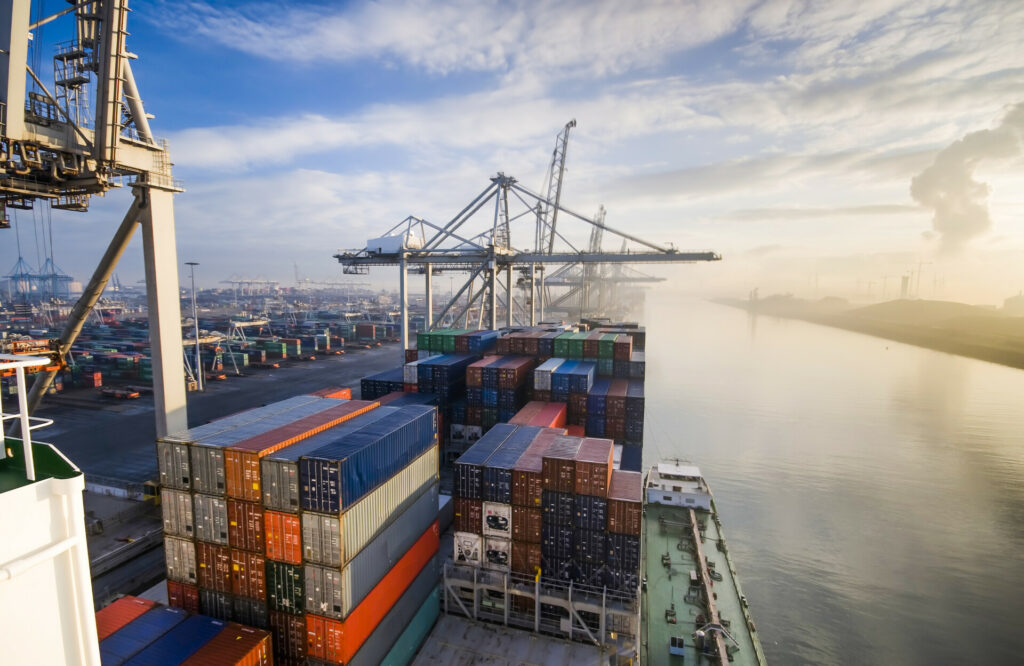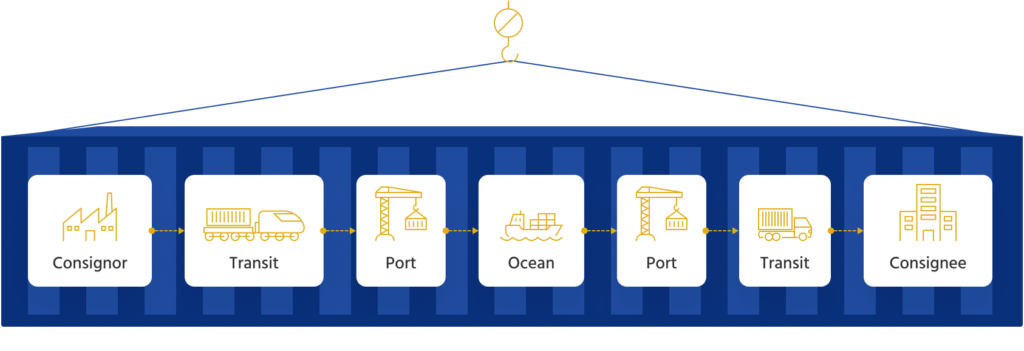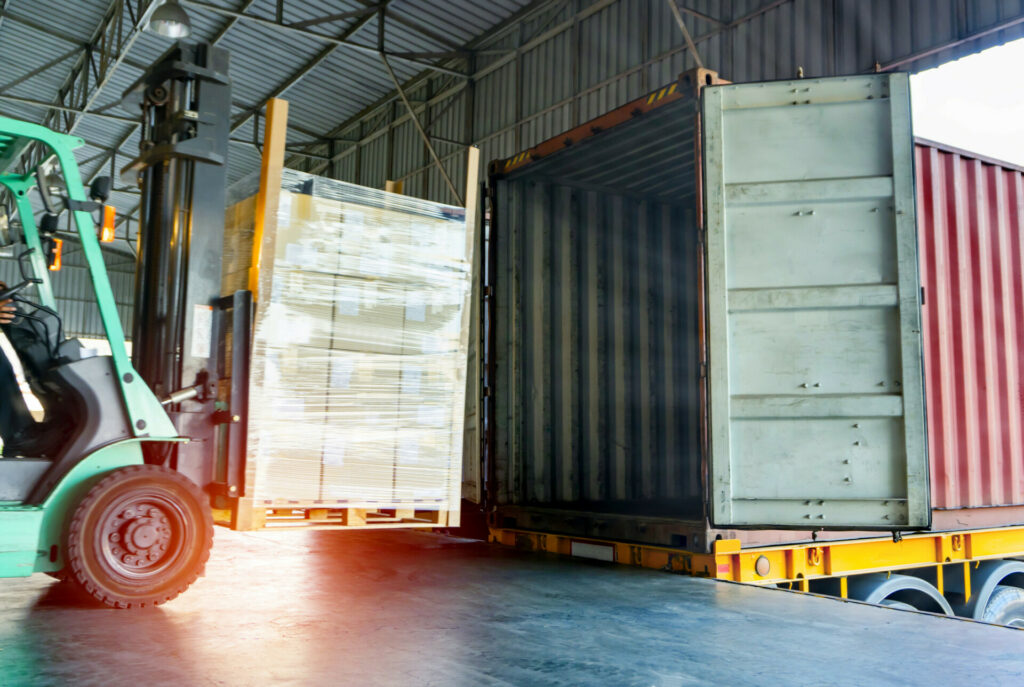Sea Freight
ATTENTION: Due to the current situation in the Red Sea, longer transit times (between 3-6 weeks) and higher freight rates are expected.
Your advantages with LetMeShip
- You make a free enquiry and receive the most cost-effective offer
- You save time and human resources in the company
- Processing and personal support from our in-house logistics experts


Just ask us personally
Shipping requirements in companies are often complex and time-consuming. A task for which you can count on our support. Contact us today and find out more about our shipping services for B2B customers!
A cost-effective solution for non-time-critical goods from overseas to and from Germany
Want to know how much a sea freight container costs or the quickest way to book a freight forwarder for your ocean freight? We can answer these and other questions about your ocean freight shipment.
The biggest challenges for companies when booking sea freight are obtaining quotes from different sea freight companies and the often complex and time-consuming booking process in different systems. In addition, there are varying rates depending on the season, the shipping routes and which goods you want to ship, which you first have to compare.
With LetMeShip, one enquiry is all it takes to reach up to 15 different shipping companies. We will then send you the most cost-effective offer. We then commission the haulage company for you and take care of the entire process.
How can I book sea freight via LetMeShip?
You can easily request a sea freight shipment via our shipping and booking platform — free of charge and without obligation. Simply register and use your login in the “Shipping” area to submit a shipping enquiry via the “Special” tab. Once we have received your enquiry, we will get back to you promptly with a customised quote including costs and time frame.
How long does sea freight take?
Sea freight takes an average of 18–20 days, including handling, but can sometimes take up to 60 days. The time frame for ocean freight shipments is much longer than for other modes of transport. Once the cargo arrives at the port of destination, it takes some time, usually a few days, for the cargo (container) to be unloaded from the ship, unloaded in the port and then transported to the hinterland. The illustration shows a maritime supply chain:

Sea freight is one of the most cost-effective modes of transport, but you should allow more time for the journey. Around 80 per cent of all goods traded worldwide are transported by sea. If you have goods that need to be shipped from overseas and are not time-critical, we recommend that you use a freight forwarder for your ocean freight. This is particularly suitable for shipping large and heavy products (over 500kg) or large volumes. Large quantities of smaller shipments are often combined into one container to make shipping as cost effective as possible.
Sea freight is often used to transport goods from Asia to warehouses or factories in Europe or North America and vice versa.
Sending goods by air freight can be a quicker alternative, but can also be more expensive, especially for heavy, bulky goods.
Sea freight container prices: How are the costs calculated?
Sea freight costs are calculated on the basis of the size and weight of the goods. There are also charges for customs clearance, port, transport, security, unloading and, where applicable, demurrage. Most sea freight is transported in metal containers on container ships. Some of these goods require special containers. Chemicals and large equipment that do not fit into containers are often carried on cargo ships.

Rule of thumb for shipping bulk goods and box freight
A basic distinction is made between the transport of bulk goods and box freight. Goods that take up more than 15 cubic metres of space can be transported using a full container load (FLC). For freight of 1.5 to 15 cubic metres, a Less Than Container Load (LCL) is sufficient. Special refrigerated boxes are also available for shipping perishable goods.
Which sea freight documents do I need?
As with any shipment, incorrect or delayed documents can prevent your goods from being loaded onto a ship. This in turn will result in your shipment being delayed and you may incur huge charges for standing, demurrage and detention times in the harbours. Make sure that the following documents are completed correctly and submitted on time:
- Pro forma Invoice or Commercial Invoice
- Bill of Lading (B/L
- Sea waybill
- Certificate of Origin
- Dangerous goods certificate (if required)
Export customs documents will be issued by the carrier you have booked. If you booked through LetMeShip, the cost of this is included in the freight cost.
Sea freight: More flexibility and fewer restrictions for goods
Sea freight transport offers companies more flexibility and is less restrictive than other types of transport in terms of the goods to be transported. In contrast to air freight, goods that pose a risk to public health, are flammable or contain toxic, corrosive, magnetic or biochemical substances can also be transported by sea.
How do I pack my sea freight?
There are many special features to consider when it comes to export packaging, especially when exporting to third countries. Packaging for sea transport must not only be stable, but also comply with regulations such as the IPPC standard of the International Plant Protection Convention. This agreement primarily relates to agreements on wooden packaging materials for compliance with shipping quarantine requirements. Compliance with these standards is verified by the IPPC stamp.
To avoid damage to your goods during transport by sea, you need to make sure you use the right cardboard packaging. Export packaging materials and loading platforms such as pallets, containers and crates are made of solid wood due to their high stability. Special climate-controlled packaging is used for transport through different climate zones. These are generally durable and protect the item from damage such as corrosion.
Contact us now for your sea freight
Give us a call!
